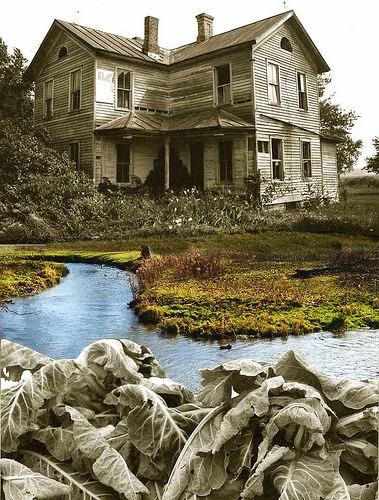The Concentric Convergence
-a table to encourage interaction
This table will be used in the Hi-Bru coffeehouse as an alternative seating as apposed to the proposed fixed bar seating which will be a feature in the space.
The product needs to incorporate the theories that I've chosen to base the entire design concept on.
New Urbanism:
Sustainable urban design principals. The weaving element of the wire represents a 'growing', or 'connecting' to the urban environment. The choice of materials also relate the design to its urban context: concrete and steel and a touch of timber for a contrasting, tactile aspect. This contrasting element is also part of my concept and stems from the inspiring contrasting nature of South Africa.
Architecture and Society (Environmental Psychology):
I question how do people react to and with this table. Also how does it affect the behavior of people with each other. A puzzle is included in the design of the tabletop. This induces interaction with the design as well as with the person sitting with you at the table. The design concept of Hi-Bru is to connect different people and cultures through the experience of coffee therefore this is quite fitting.
The Design
 |
| Inspirational mood board |
 |
| A 3D sketch of the design |
 |
| A front elevation of the table, note the staggered feet attachment (symbolic of growing from its context) |
Below is the presentation poster that i submitted today. The conceptual development is also included here if you would care to know more detail.
This table will be manufactured to full scale as the second part of the project, within a budget of R1500 if possible.
The second product will be a vacuum coffee maker and will follow in another post!

















